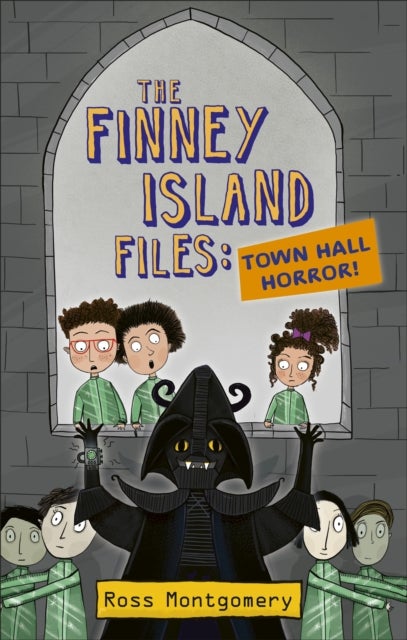
Literary Marriages av Monica Loeb
929,-
A series of intertextual short stories by Joyce Carol Oates, published in 1972, constitutes the subject-matter of the present work. Having entered into ¿literary marriages¿ with beloved masters, such as Kafka, Joyce, Thoreau, Flaubert, James and Chekhov, Oates has ¿re-imagined¿ their classic masterpieces.<BR> This study aims at finding out whether Oates remains ¿faithful¿ to the original versions. What elements besides the titles are retained, or added? Why does a young American woman writer undertake a dialogue with deceased authors and their texts? Why the short story genre? What is Oates¿s relationship to intertextuality, literary tradition, or the very aesthetics of her own art?<BR> Grounded in theories of intertextuality, comparative analyses show that Oates remains ¿faithful¿ in some of her spiritual unions, while committing ¿infidelities¿ in others. For a woman writer in the 1970s transgression was a necessity for survival; these stories thus belong to the revisionary movement.








